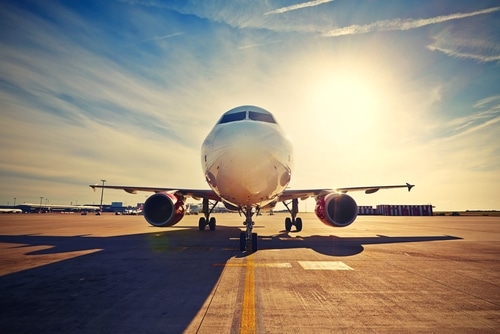The New Face of Aerospace: New Planes of 2017 and Beyond
There are several new planes that will debut in 2017 and 2018. However, some of the most intriguing design plans have been put on the back burner for at least a decade. Despite this, there are still numerous exciting upgrades coming within the next 12 months that are certain to get aerospace insiders and frequent flyers talking. You can expect to begin seeing these updated models at your local airport in the near future.
An Overview of 2017’s New Planes
• A321neo
This year will see the release of a 240 passenger jet from Airbus. Known as the A321neo, this large plane was designed with the intention of taking over for the transcontinental Boeing 757. In other words, international travelers and Europeans headed to popular destinations are likely to see a switch to the A321neo. Airbus will also unveil the A350-1000 and A319neo. These represent both ends of the size spectrum, with the A350-1000 having 366 seats and long-range capabilities.
• 737 Max 8
Boeing may no longer have their 757, but they’ll be releasing several new models in 2017 for the U.S. market. Perhaps the most exciting offering is the eco-conscious 737 Max 8. Southwest Airlines ordered several of these planes that reportedly offer a 14 percent reduction in fuel consumption. Other models to keep an eye on include the 787-10 Dreamliner and the 220 passenger 737 Max 9.
• C919
Comac has completed their C919 project after extensive delays and will soon unveil China’s first large airliner. The C919 family of narrow-body, twin-engine jet airliners will seat 158 to 174 passengers and are part and parcel of Comac’s long-term goal of breaking up the duopoly of Airbus and Boeing. Its first flight is expected to take place in 2017, but its first deliveries are not expected until the tail end of 2018.
• MC-21
Meanwhile, the United Aircraft Corporation in Russia is preparing to launch their new Irkut MC-21 (also formerly called MS-21), a twin-engine Russian jet airliner that seats between 150–212 passengers. Like the C919, the MC-21 is designed to compete with the Airbus A320neo and the Boeing 737 MAX – and it looks well prepared to do so. The MC-21 boasts 20% lower operating costs and 15% lower fuel consumption than the Airbus A320 thanks to a 15% structural weight efficiency advantage.
The Future of Aerospace
Current aerospace technology is focused on making small improvements to existing technology, but there are plans to make a major shift by 2030. If all goes according to plan, the new planes being announced in a couple of decades will be all-electric. This is lighter and more fuel efficient. All-electric or electric hybrids will require battery life improvements, which is one of the major reasons that they’re not already in production.
About Aerospace Manufacturing
Aerospace Manufacturing is a AS9100 and ISO:9001 accredited manufacturer of High Strength, Close Tolerance Aerospace Fasteners.
Our clientele includes industry leading OEM Aerospace and Defense contractors and organizations including Bombardier, DLA, NASA, U.S. Navy, General Electric, Lockheed Martin, and Sikorsky.
Our expansive inventory includes, but is not limited to: Titanium bolts, Titanium metric fasteners, 17-4 PH stainless bolts, A-286 aerospace bolts, PH13-8Mo aerospace fasteners, MP35N bolts, Waspaloy bolts, H11 tool steel bolts, and Inconel bolts. We are also licensed to manufacture Phillips aerospace fasteners.
Search our expansive inventory or launch your Custom Quote today!





